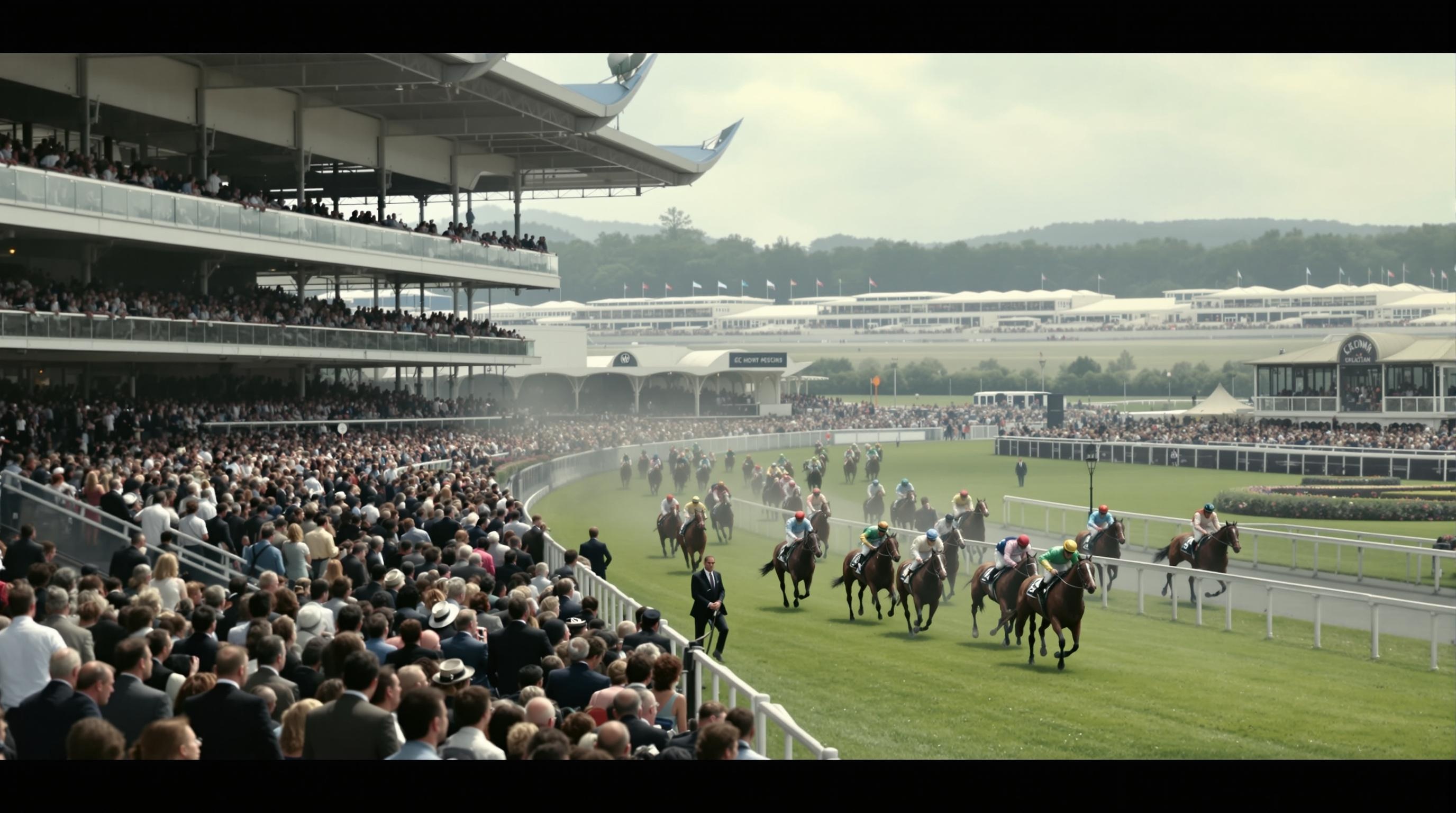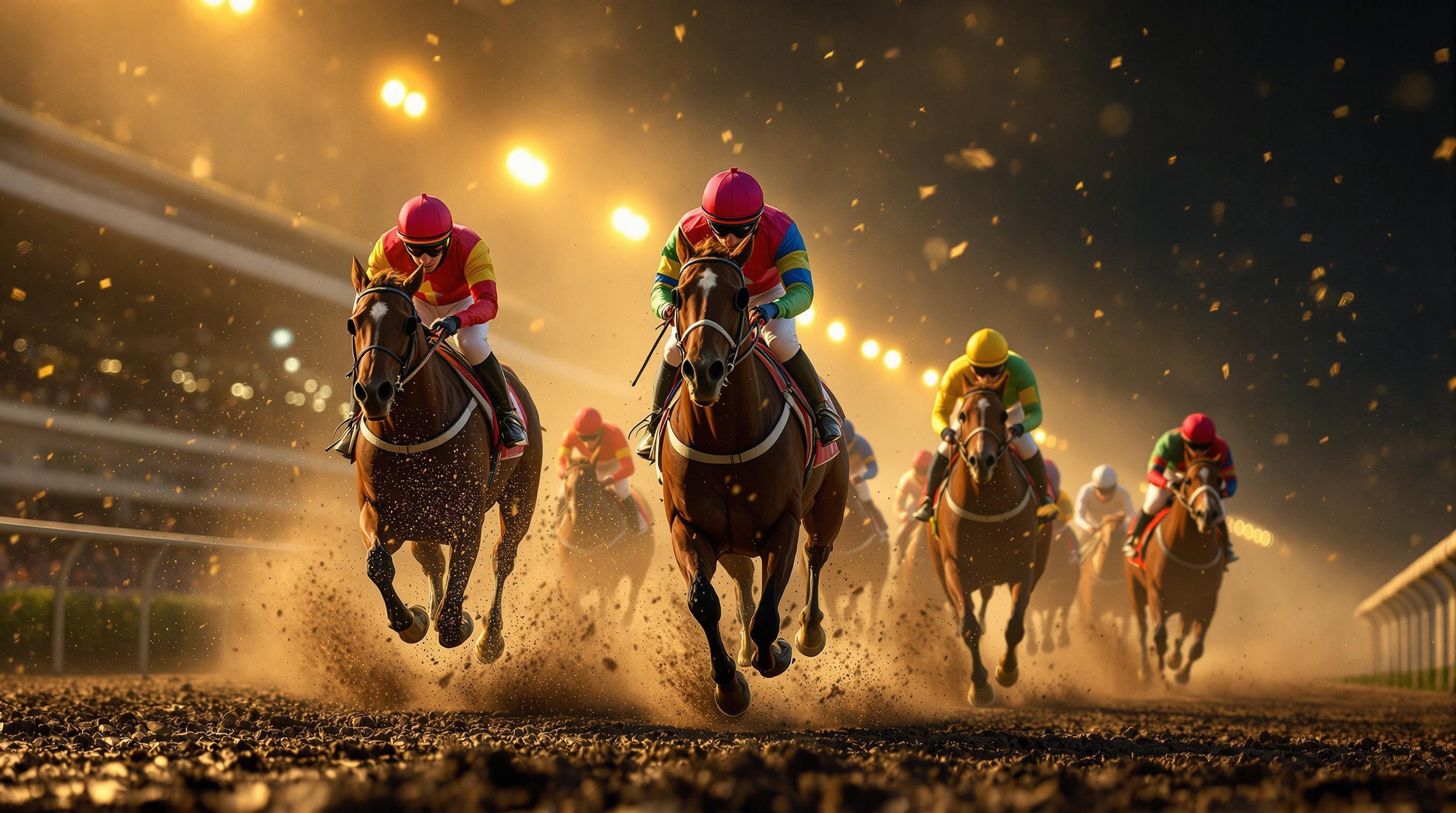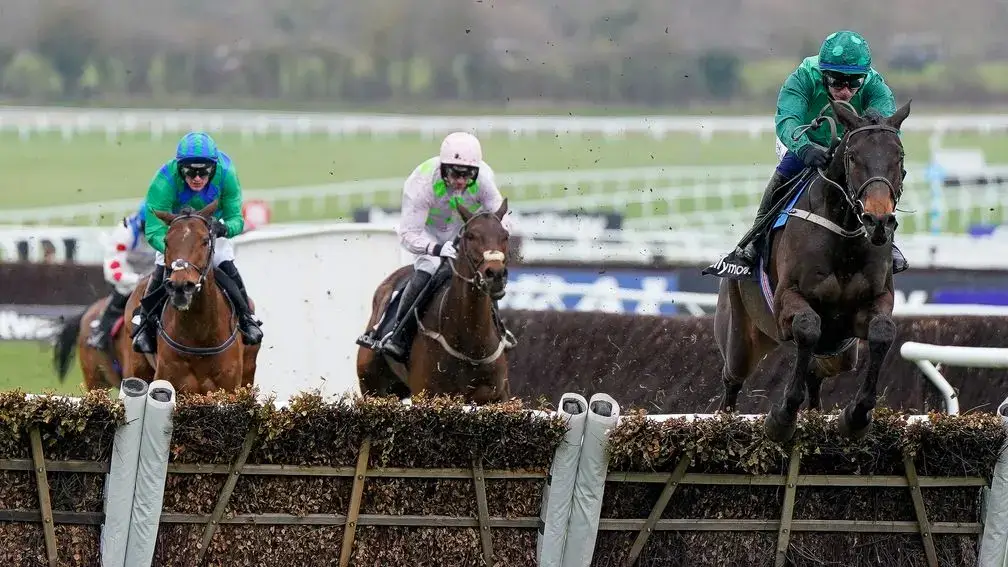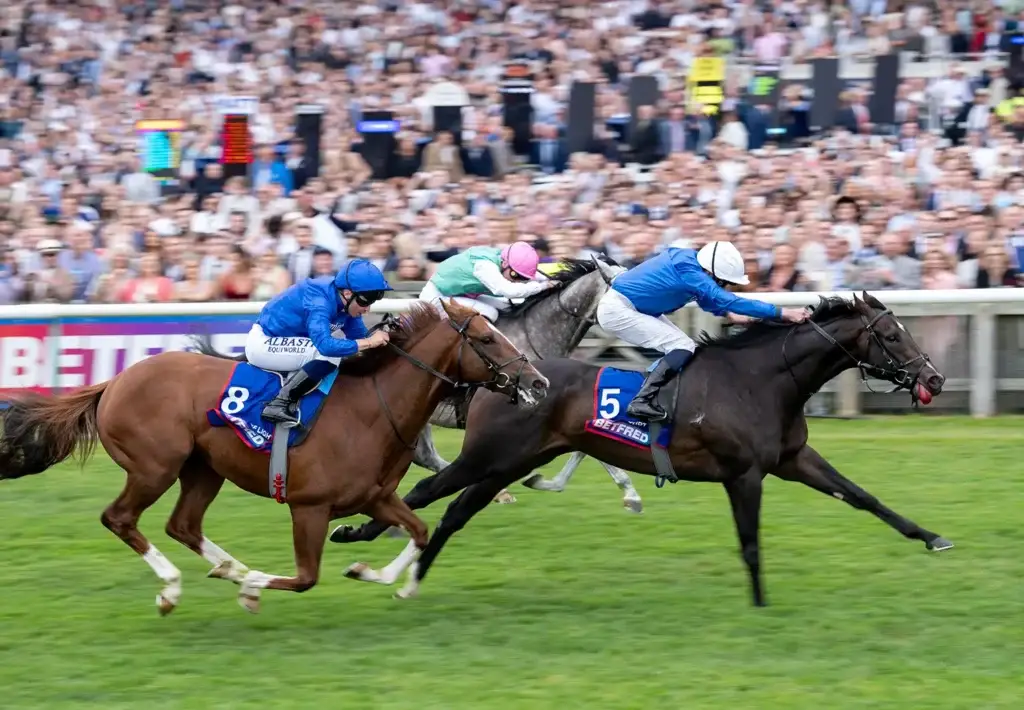Luca Cumani: Ombudsman and ‘strong pool’ of older horses present stiff challenge for Classic generation in Coral-Eclipse
The Coral-Eclipse will test youth against seasoned might this weekend.
Luca Cumani warns that proven older horses could blunt Classic hopes.
Key Takeaways
- Cumani highlights a deep group of older runners headed by Ombudsman.
- Classic stars like Camille Pissarro face fresh tactical questions at Sandown.
- The Eclipse tradition of generational clashes remains central to UK horse racing.
- Cumani’s past training success shows how maturity shapes Group 1 results.
Older guard bring power and polish
Cumani has studied this Eclipse field with familiar forensic care.
He sees a “very strong pool” of older contenders shaping the race.
The list is led by Ombudsman, who stormed home at Royal Ascot.
That victory displayed relentless pace and hardened resolve over ten furlongs.
Cumani believes this seasoned depth poses the Classic set real problems.
The weight-for-age scale offers three-year-olds help but never guarantees supremacy.
Older horses often counter with race craft, lung capacity, and settled minds.
The trainer has lived through many Eclipse showdowns.
He prepared Falbrav, winner in 2003, who thrived off similar experience.
Those memories shape his present view of this renewal.

Cumani notes that older runners arrive with clear form lines.
They have handled various tracks, paces, and pressure points.
That reliability contrasts with the swift rise of some Classic hopefuls.
Classic generation holds talent yet must learn fast
Camille Pissarro dazzled in the spring classics in France.
Ruling Court landed the 2,000 Guineas, as covered in our Guineas report.
Both now step beyond their age group comfort zone.
Cumani questions if they own enough tactical range for Sandown.
Sandown’s right-hand bend appears simple yet demands balance.
The uphill finish further taxes inexperienced lungs.
Older rivals often kick early there, stretching younger legs prematurely.
Cumani stresses that raw speed alone rarely wins the Eclipse.
Youngsters must switch off early, then surge when gaps open.
Some three-year-olds pull hard, wasting crucial energy before the turn.
The Italian maestro also wonders about mental maturity.
Group 1 press rooms, bustling crowds, and intense scrutiny unsettle novices.
Older horses, battle scarred, shrug off that noise without fuss.
Connections of Camille Pissarro admit the colt still learns his trade.
They hope a weight allowance offsets any greenness under pressure.
Similar hopes surround Derby runner-up Ruling Court.
His camp has juggled recovery since the Derby declarations.
Ombudsman sets the standard after Ascot heroics
Ombudsman produced a decisive burst in the Prince of Wales’s Stakes.
He quickened clear inside the last furlong, beating seasoned rivals.
The colt, now five, has improved each season with measured training blocks.
Cumani applauds that patient progression.
He says older horses gain with controlled campaigns and light winters.
Ombudsman’s team mirrored that formula, keeping stress and setbacks minimal.
Ascot’s win showcased more than raw ability.
It underlined adaptability to pace swings and ground variations.
Those traits matter at Sandown, where tempo can lurch mid-race.
Racing analysts point to his sectional times at Ascot.
They reveal sustained speed across the final two furlongs.
No Classic runner in this field has yet matched that profile.

Ombudsman now bids for a rare Ascot-Eclipse double.
Only a handful of middle-distance stars have achieved that feat.
His trainer keeps preparation low key, citing routine gallops and loose-ring bits.
Cumani’s philosophy on preparing older stars
The Newmarket resident once mapped lengthy programmes for stalwarts like Barathea.
He balanced work loads with careful spacing between big targets.
That method allowed horses to peak repeatedly without hidden soreness.
He stresses that older legs need gentler ground at home.
Soft gallops and steady canters build aerobic base without strain.
Studying rival patterns also shapes his strategy.
Cumani tracks the turn of foot shown by likely pace angles.
He then plans where his horses should sit in running.
That finesse, he argues, often tips the scales against weight concessions.
He cites Falbrav’s Eclipse as proof.
The six-year-old stalked leaders then struck once the rail opened.
That timing, not youth, won the prize.
Broader impact on breeding and industry narratives
The Eclipse result can reshape market views on this crop.
A Classic colt beating elders lifts stud value instantly.
An older upset highlights stamina and durability to breeders.
Racing fans crave clear storylines around age clashes.
This year brings that plot in vivid relief.
Cumani’s comments amplify the tension and sharpen industry focus.
Jockey bookings add further intrigue.
The recent change involving Shoemark, noted in our Shoemark piece, affects pace shape here.
He partners a likely front-runner and may force a searching gallop.
That scenario would test every three-year-old’s stamina reserves.
Cumani suggests only complete horses survive such pressure.
Saturday therefore becomes a referendum on training trends.
Are we nurturing staying power or chasing juvenile headlines?
The answer will echo well beyond Sandown.


